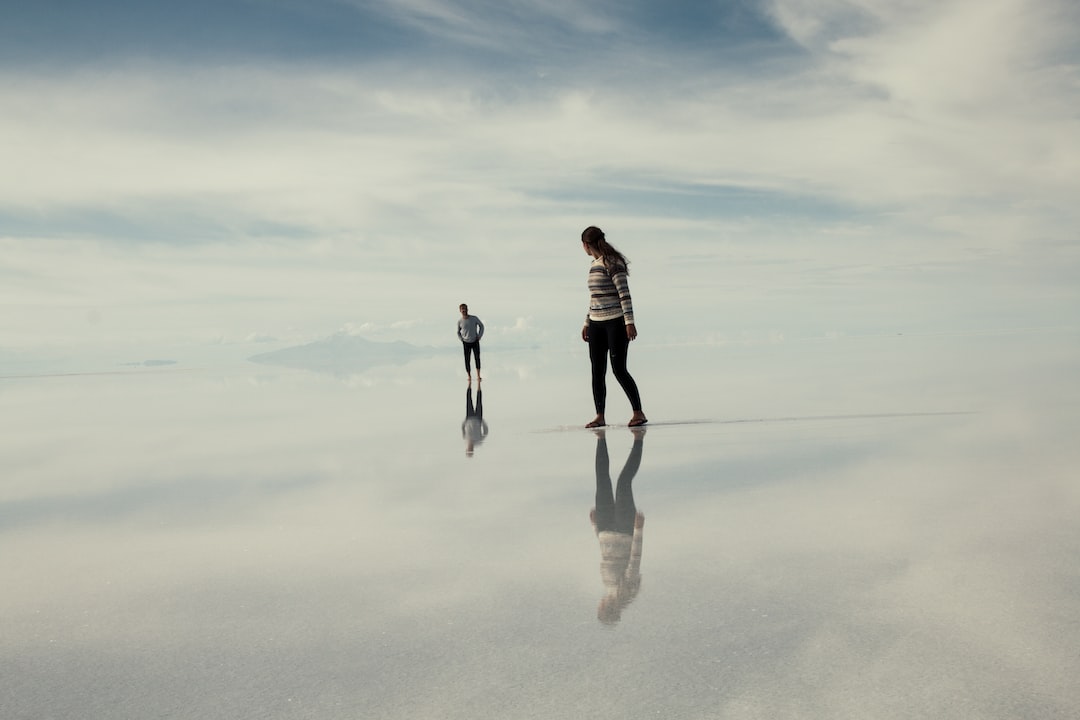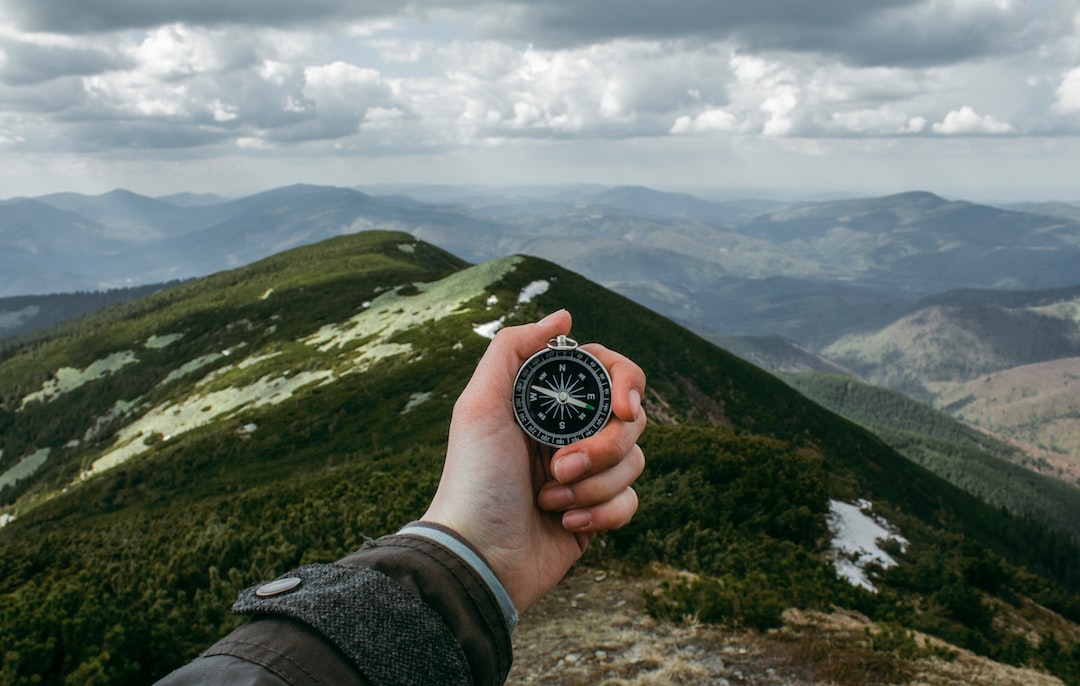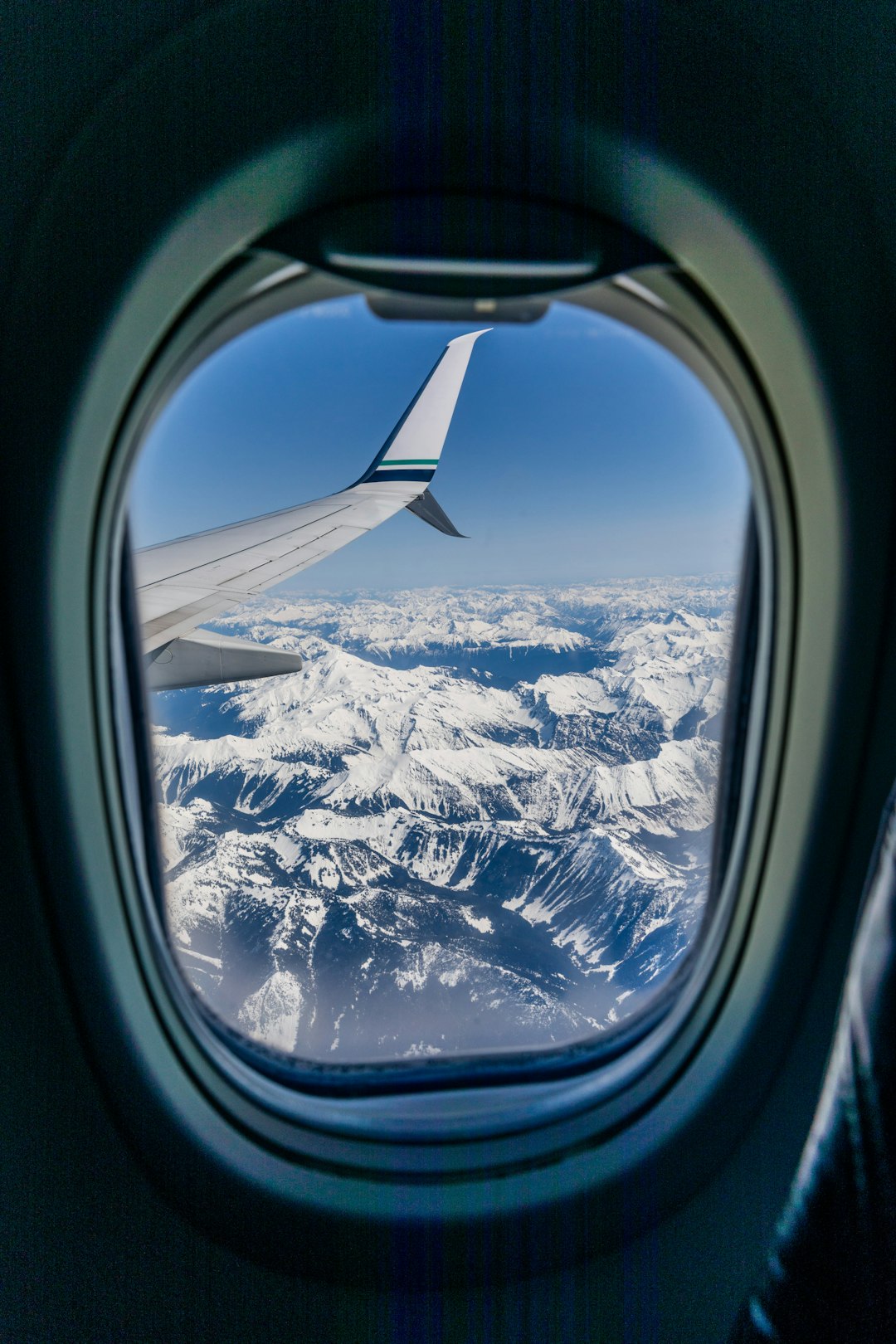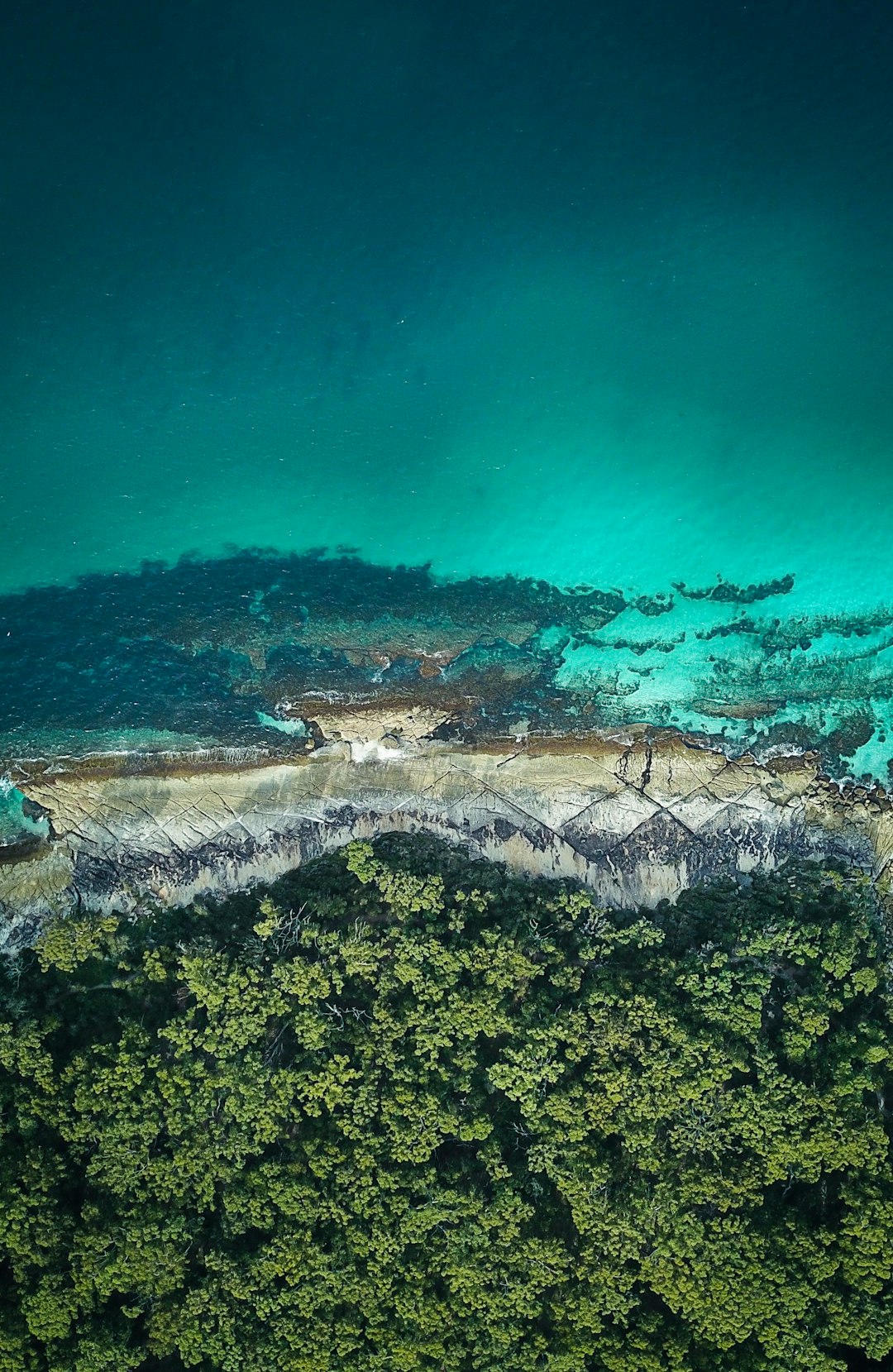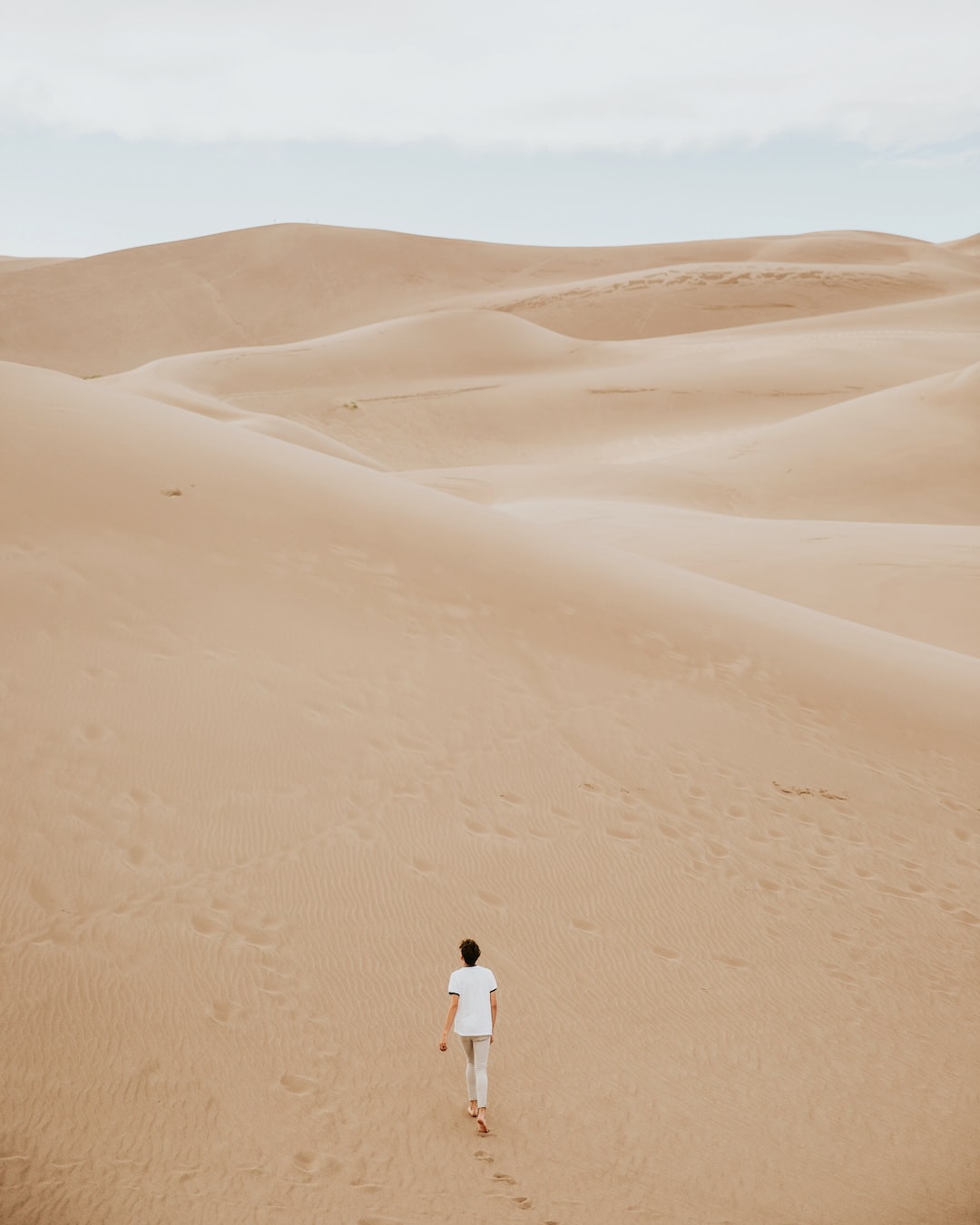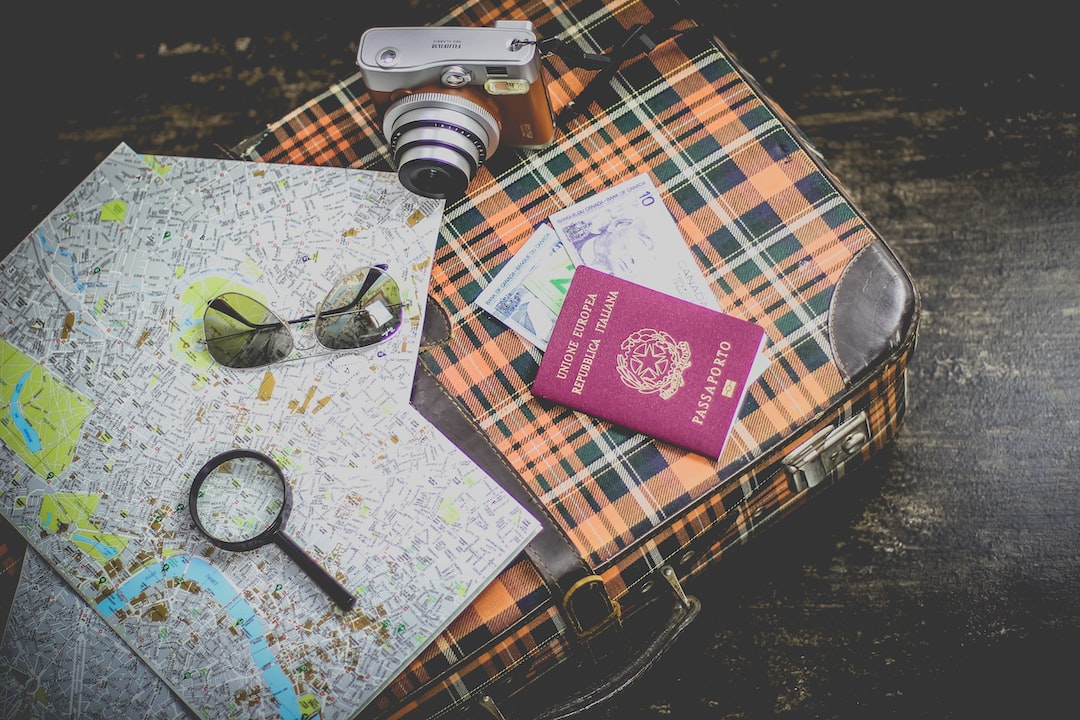When it comes to enjoying snow activities near Melbourne, many people wonder which snow field is the closest. While Melbourne is not known for its snowy winters, there are a few options for those looking to hit the slopes without traveling too far. In this article, we will explore the three main snow fields that are closest to Melbourne.
Mt. Buller
Mt. Buller is one of the most popular snow destinations near Melbourne. Located just 248 kilometers northeast of the city, it is easily accessible within a 3-hour drive. Mt. Buller offers a range of activities for all skill levels, from skiing and snowboarding to tobogganing and snowshoeing. With over 300 hectares of skiable terrain, it caters to both beginners and advanced snow enthusiasts. The snow season at Mt. Buller typically runs from June to early October, attracting thousands of visitors each year.
Falls Creek
Falls Creek is another great option for snow lovers near Melbourne. Situated 354 kilometers northeast of the city, it is approximately a 4-hour drive away. Falls Creek boasts stunning alpine scenery and a vast ski area spanning 450 hectares. It offers a wide range of slopes for skiers and snowboarders of all levels, with over 90 runs and a variety of terrain parks. The snow season at Falls Creek generally begins in early June and runs until late September, making it a popular choice among winter sports enthusiasts.

Mount Hotham
For those seeking a more challenging snow experience, Mount Hotham is a great option. Located 357 kilometers northeast of Melbourne, it can be reached within a 4-hour drive. Mount Hotham is known for its steep runs and challenging terrain, making it popular among advanced skiers and snowboarders. With over 320 hectares of skiable terrain, it offers a variety of slopes, from wide beginner runs to thrilling black diamond trails. The snow season at Mount Hotham typically runs from June to October.
Overall, while Melbourne may not have snowy mountains on its doorstep, there are several snow fields that are easily accessible within a few hours’ drive. Whether you’re a beginner looking to learn or an experienced snow enthusiast, these three options – Mt. Buller, Falls Creek, and Mount Hotham – offer a fantastic snow experience for all skill levels. So grab your skis or snowboard and head out for a thrilling winter adventure!
